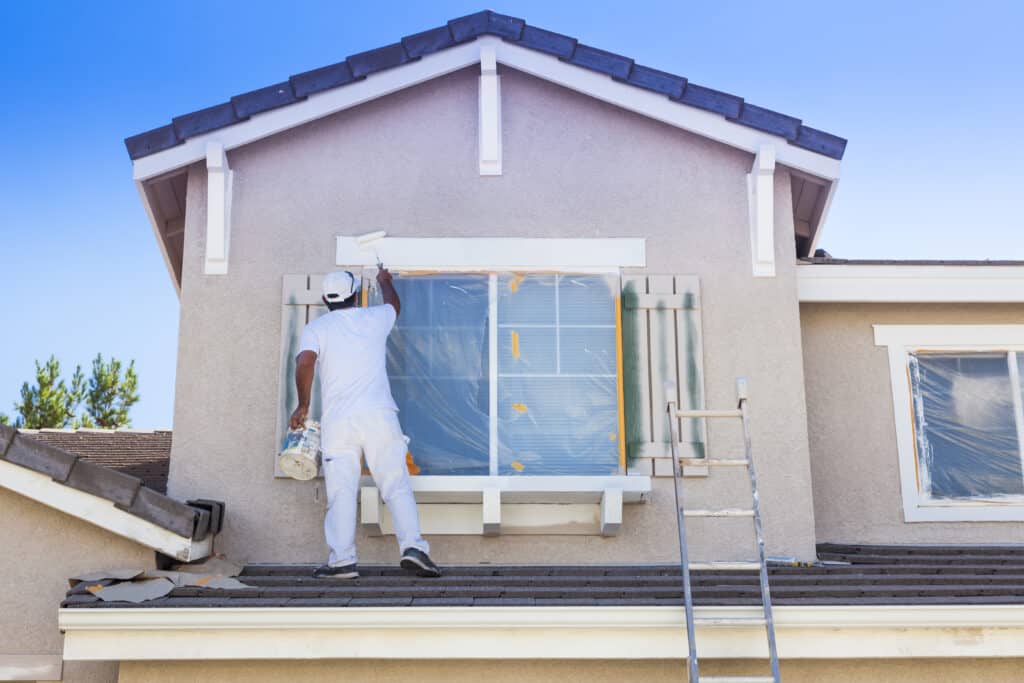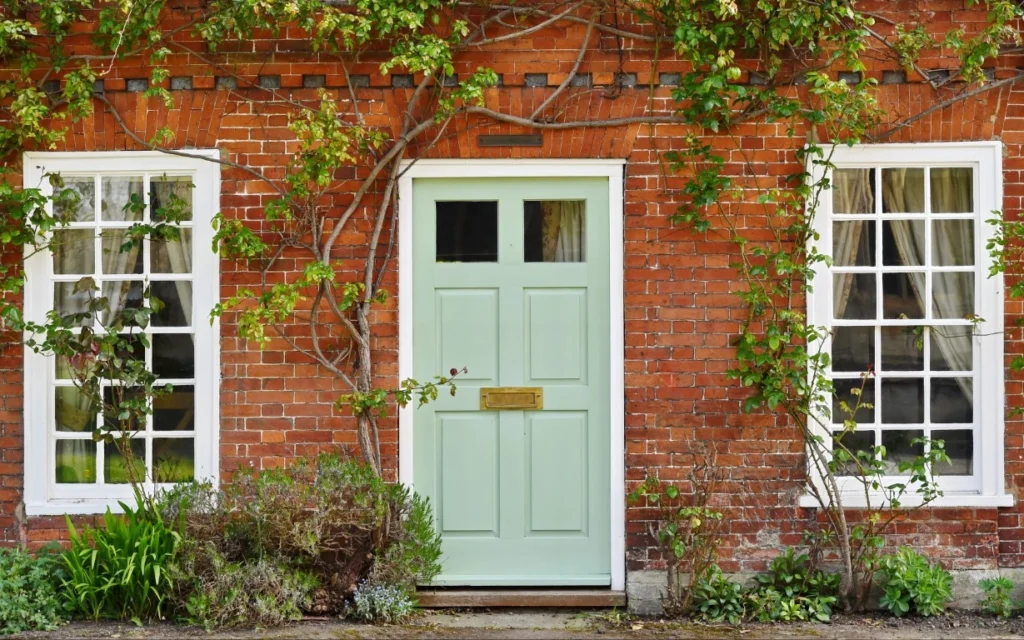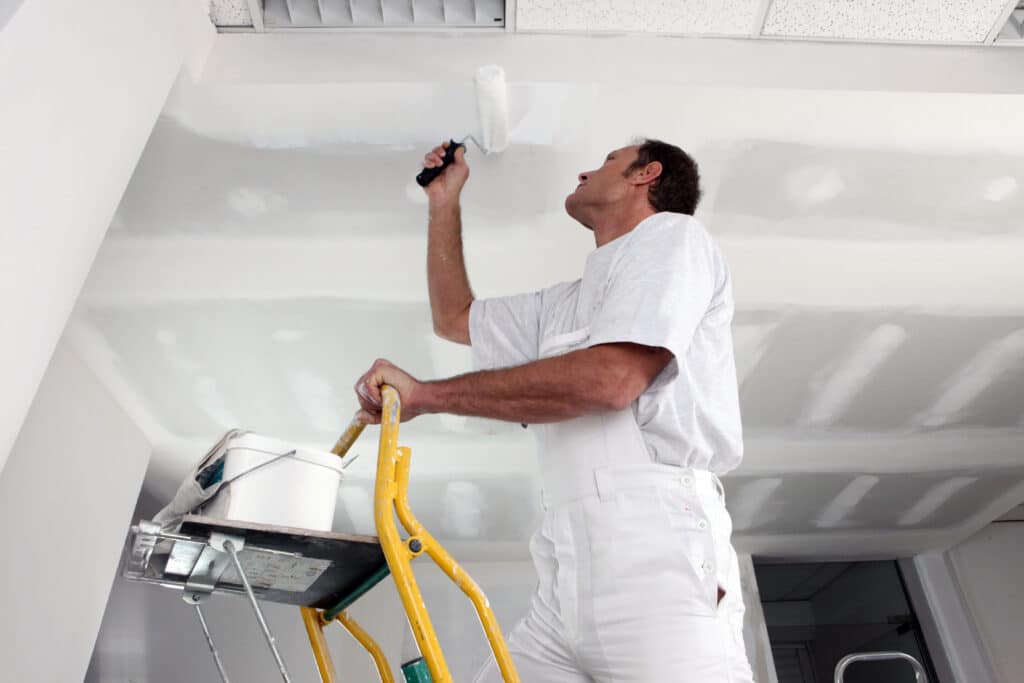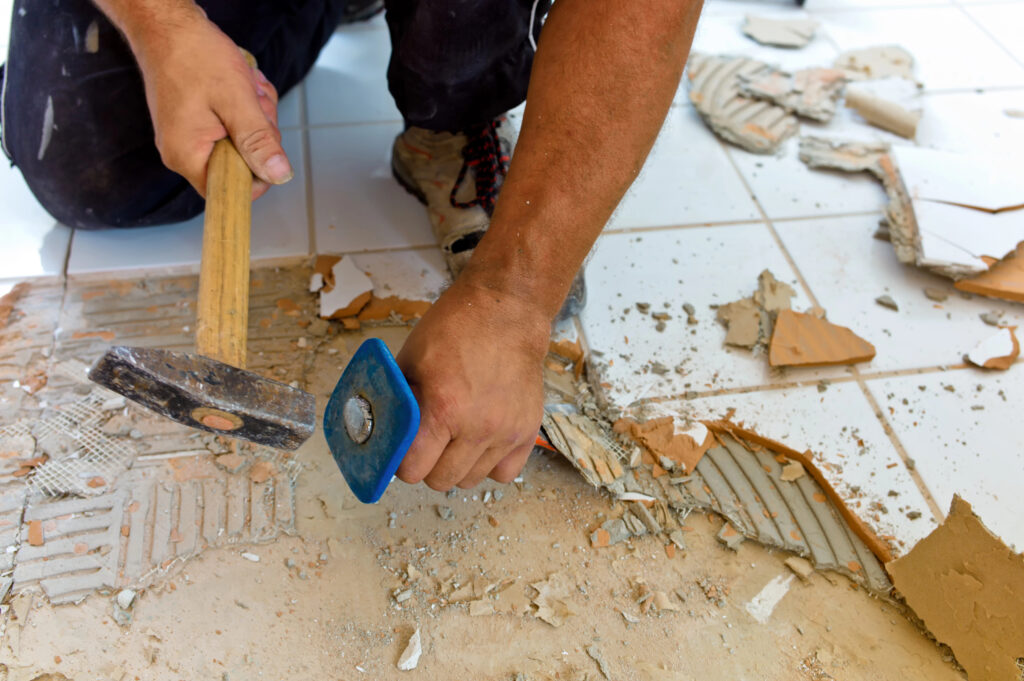
When it comes to maintaining the exterior of your home, even small details make a big difference. One area often forgotten, until there’s a problem, is the trim or casing around your doors and windows. If you’ve noticed cracking, peeling paint, or soft, rotting wood, you should take action. Replacing your rotting wood casing with durable PVC casing will protect your home and boost your curb appeal for years to come.
Why Is Your Wood Casing Rotting?
Wood casing gets exposed to the elements day in and day out. Rain, snow, humidity, and even harsh sunlight can take a toll over time. If moisture seeps into cracks or unsealed areas, fungi can start to grow and cause the wood to rot from the inside out. This not only looks unsightly but can also lead to more serious structural issues if left unaddressed.
Why Choose PVC Casing?
PVC (polyvinyl chloride) casing has become an increasingly popular choice for exterior trim — for good reason. It offers several advantages over traditional wood:
Corrosion and Rot Resistance — PVC is highly resistant to rust and corrosion, which is a major advantage in environments where it might be exposed to moisture or chemicals. In addition, PVC, unlike wood, won’t absorb water, so it’s immune to rot and decay.
Weather Resistance — PVC is resistant to weathering, including UV radiation from sunlight, ensuring its integrity over time, even when exposed to the elements.
Chemical Resistance — PVC can withstand exposure to a wide range of chemicals, making it suitable for various industrial and construction applications.
Durability — PVC casing can withstand impacts and abrasions, making it a reliable choice for demanding environments.
Low Maintenance and Clean Look — This casing doesn’t need to be painted (unless desired) and won’t crack, split, or warp. It also maintains a crisp, finished appearance for years with minimal upkeep.
Pest Resistance — Termites and other wood-loving pests won’t be interested in destroying your trim.
Cost-Effective — PCV is generally more affordable than other materials like steel, making it a budget-friendly option. It also provides long-term savings because you won’t have to replace it periodically due to rot.

How the Replacement Process Works
If you’re handy, you may be able to replace your wood casing with PVC yourself. Otherwise, you’re better off having a professional handle it quickly and efficiently. Here’s what the process typically looks like:
Inspection and Removal — Identify the extent of the wood rot and the underlying cause. Carefully remove the rotting wood casing, taking care not to damage the surrounding siding or structure. Ensure the window or door frame is structurally sound.
Prep the Area — Remove any loose debris or damaged material from the opening. Ensure the surface is clean and dry before installing the PVC trim. Consider using a sealant or primer on the exposed wood to further protect it from moisture.
Cut and Fit New PVC Casing — Select PVC trim boards that match the size and profile of the original wood trim. Cut it to the correct length and mitre the corners at a 45-degree angle for a seamless fit. PVC can expand and contract with temperature changes, so proper installation is essential.
Install the PVC Casing — Apply a trim adhesive or sealant to the back of the trim piece and secure it to the framing using corrosion-resistant nails or screws. You may also need to use PVC adhesive to provide additional durability.
Finish and Seal — Caulk the seams and joints between the trim and the surrounding surfaces to create a watertight seal. If desired, PVC casing can be painted with 100% acrylic exterior paint to match your home’s color scheme; however, it’s not necessary due to its inherent color and resistance to weathering.
Long-Term Benefits
Swapping out rotting wood casing with PVC provides more than a quick fix; it’s an investment in your home’s appearance and protection. With minimal maintenance, your new PVC trim will keep your windows and doors looking beautiful for many years and reduce water damage, pest infestations, and costly repairs down the road.

PVC Casing — The Best Solution for Rotting Trim
Replacing wood casing with PVC not only eliminates the ongoing headache of wood rot and maintenance, but it also adds long-lasting beauty and protection to your windows and doors. Whether you want to tackle this as a DIY project or hire a professional, investing in PVC casing means fewer repairs, improved curb appeal, and peace of mind for years to come. Don’t wait until the damage spreads — take care of your home today.
Need help replacing your wood casing with PVC? Contact Rosewood to get the job done right.





